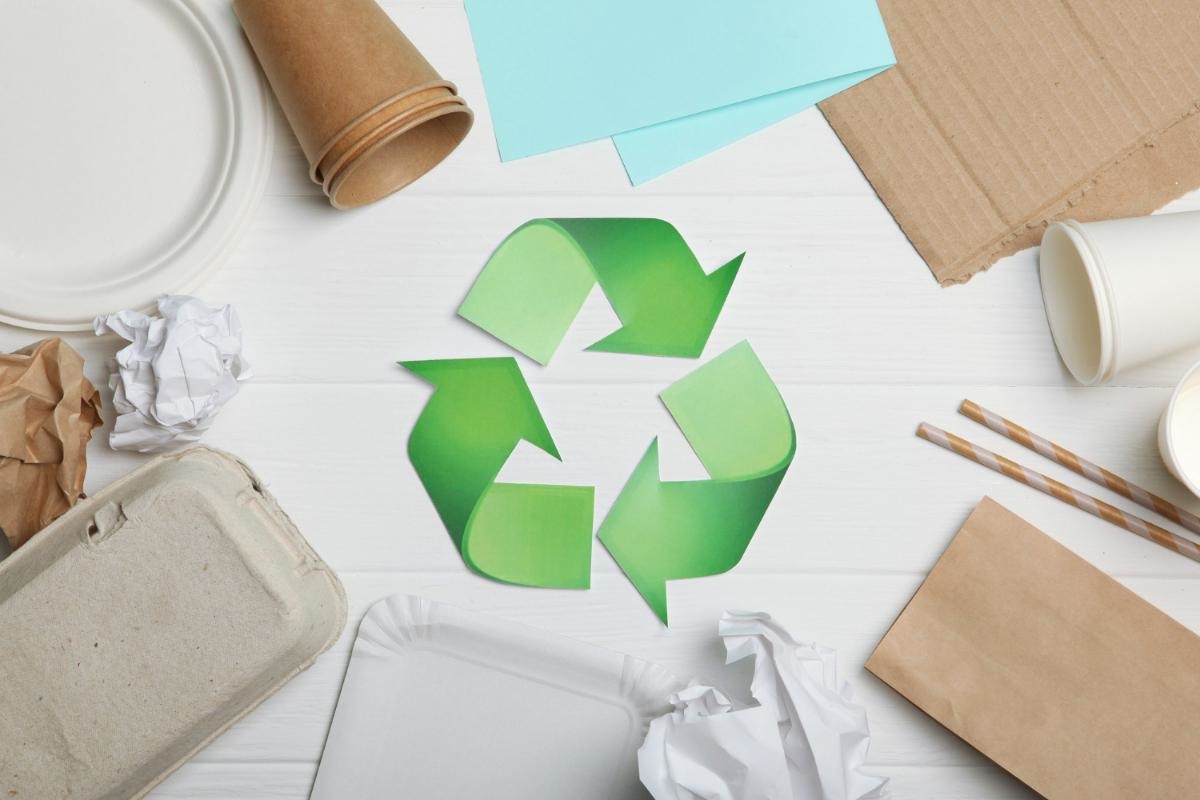11 Dec 2024

Tired Earth
By The Editorial Board

Paper recycling is already high-quality recycling, as it is recycled back into paper products. A material recycling loop is the best way forward for paper and board recycling.
A front runner in circularity
The ongoing revision of the Packaging and Packaging Waste Regulation (PPWR) provides an opportunity for harmonisation in Europe and can further develop the internal market. The Alliance for Beverage Cartons and The Environment (ACE), The Confederation of European Paper Industries (Cepi) and The Federation of Corrugated Board Manufacturers (FEFCO) supports a definition of high-quality recycling linked to the quality of secondary raw materials and their potential to substitute primary raw materials. The best way to do this is to ensure that the definition supports material recycling loops and avoid imposing same product application-to-same product application recycling. The latter would lead to more transport, higher emissions and would be economically and technically unsustainable.
The paper and board recycling loop is only completed after proper collection, sorting and recycling. After being collected and sorted, the material is then brought to a paper recycling mill, reprocessed into recycled pulp and is used in a paper mill to produce new paper and board products. If policy makers want to support the existing recycling systems through this regulation, the implementation of separation collection must be enforced.
As a whole, our respective industries have invested in recycling for many years. This has led paper and board packaging to exceed the legal recycling targets (current set at 75%) with an 81.6% recycling rate (Eurostat, 2020). Keeping paper and board in the material recycling loop is therefore the best way to retain the well-functioning recycling system.
Don’t fix it if it isn’t broken
In 2021, 52.4 million tonnes of paper for recycling (secondary raw material) were used by European paper mills to produce new paper and board products out of 57.1 million tonnes collected (European statistics, Cepi. European Pulp & Paper Industry Key Statistics 2020). The remaining 4.7 million tones of paper for recycling were also used for papermaking as they were imported by papermills in other countries.
Paper and board fibres can be recycled many times when they remain within the paper loop, while replenished with virgin fibres, sourced from sustainably managed forests as defined by Intergovernmental organisation Forest Europe and certified by internationally recognized schemes such as PEFC and FSC.
Mixing these through efficient recycling systems produces a high-quality end product. As a result, the quality of the material is optimised, and the life of the fibre is further extended. Ultimately, this means that paper products are efficiently recycled together, maintaining high quality recycling and keeping the material loop running.
For example, the beverage cartons we use daily for our milk and juice are made using sustainably sourced paperboard (~75%). These beverage cartons are placed in corrugated boxes, made of recycled paper, which are used to ship the goods to their end markets. Once consumers and shops are done using beverage cartons and the boxes they are delivered in, they are collected, sorted and recycled again to make new paper and board products.
The future is… green?
As it looks now, the PPWR is putting forward measures to solve recycling performance issues of specific material sectors. We know the PPWR’s primary objective is to push for greener, more circular solutions… but ironically, by limiting the scope of an existing and effective recycling system, the PPWR runs the risk of promoting fossil-fuel driven alternatives, lowering recycling rates in the paper and board industry, harming health and negatively impacting the environment.
So how can a material recycling loop fix this? It can support the existing efficient recycling systems. Setting unrealistic and burdensome targets or definitions would not bring any benefits and would directly clash with the PPWR’s goal. The promotion of high-quality recycling material loops would allow paper and board to continue to innovate sustainable solutions, decrease fossil fuel emissions and lead the EU to a truly green future.
Source : euractiv.com
Comment